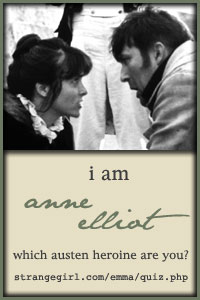
One of the appeals of archaeology is that cities buried in earth, like seeds, emerge again, reveal themselves come Spring, and grow back into what they were before planting. I'm thinking of cities buried in ash—Pompeii, Herculaneum, Akrotiri—but also Ostia Antica, Rome's old port, silted over and so preserved, seedlike, to bloom again under the freeing trowel.
To get there we took a train covered completely in grafitti. Wildflowers were everywhere, and the lovely cross-hatched patterns of brick. Remarkably extensive black and white mosaics of ships, horses with sea serpent tails, dolphins, and an elephant or two, advertising ancient shipping firms. Fragments of frescoes; stone mills; storage jars; statues; columns; inscriptions. There were rounded clay ovens that looked strangely like the adobe hornos of the New Mexico pueblos (just as I learned the Navajos glaze their pottery with piñon sap, as the ancient Greeks did their amphoras). Wildflowers, and umbrella pines. The feeling of the past permeating everything. The fascination of the ruined places, the traces of lives. Fragments. What charms me.
And then the schoolchildren who overran the café outside the area of scavi. The archaeologist who sat drawing under the pines. Getting to know it line by line, in different moods, intimate with the wind over the old stone, and the presence of the shipbuilders who walked there in the ancient times—not so far off that day.
image: Christie B. Cochrell, Ostia One



















No comments:
Post a Comment